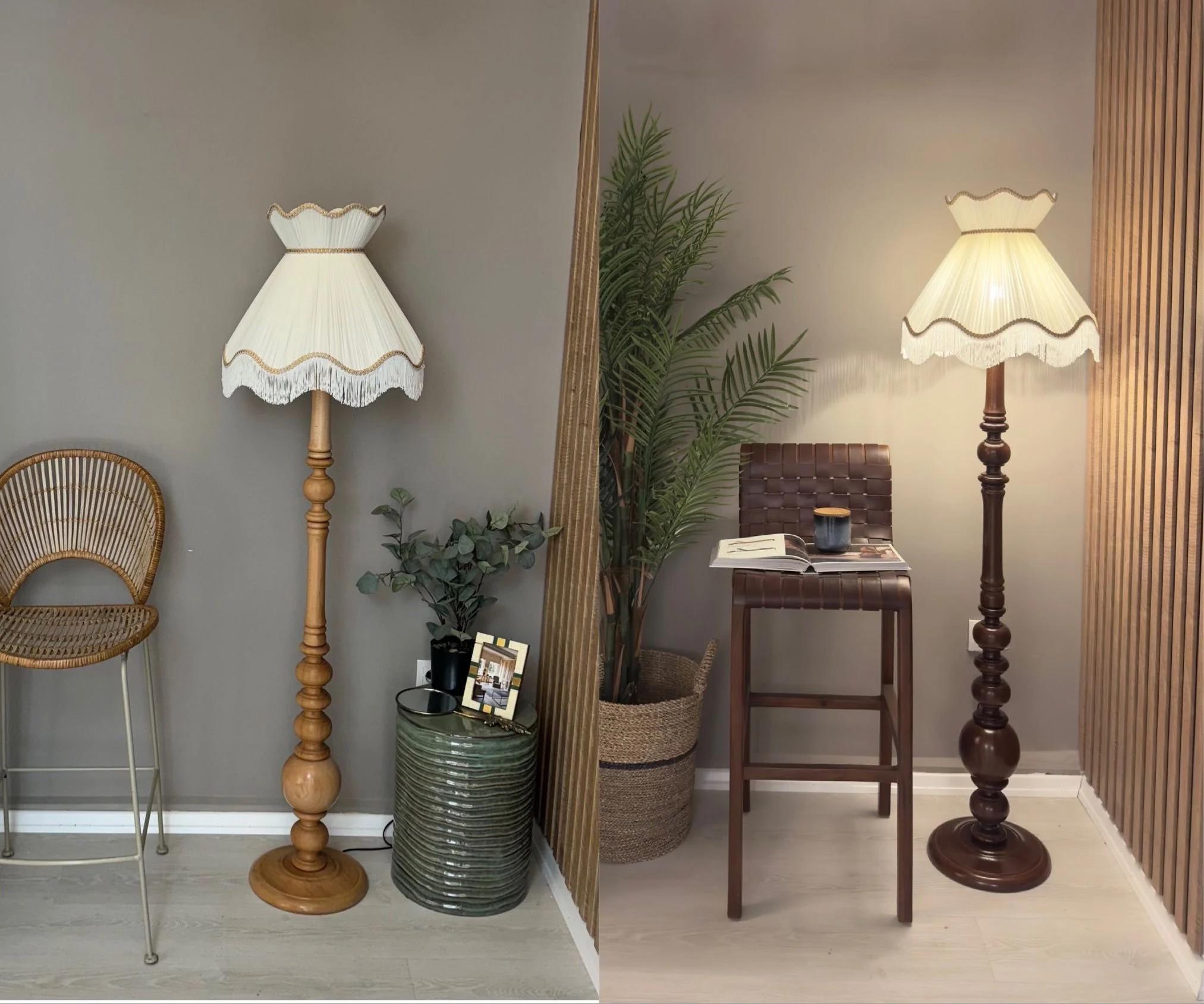Lampshades play a crucial role in how we experience light in our homes, and their design can significantly impact energy efficiency. The choice of lampshade affects not only the aesthetics of a space but also the amount of light emitted and how effectively that light is distributed. By understanding this relationship, you can optimize your lighting setup for both comfort and energy savings.
First and foremost, the material of the lampshade is a key factor. Light-colored shades tend to reflect light better than dark shades, allowing for increased illumination with lower wattage bulbs. This means you can achieve the same brightness level with less energy consumption, making white or light fabric shades a smart choice for those looking to enhance energy efficiency.
Moreover, the shape of the lampshade also impacts how light is dispersed throughout a room. For instance, shades that direct light upwards can create a more ambient glow while minimizing glare. This allows for broader light distribution, meaning you can often rely on fewer fixtures to illuminate your space effectively. Drum lampshades or those with open tops can help maximize light output, contributing to energy savings.
Consideration should also be given to the type of bulb used in conjunction with your lampshade. LED bulbs, for example, produce less heat and use significantly less energy compared to traditional incandescent bulbs. Pairing energy-efficient bulbs with well-designed lampshades can amplify these benefits, leading to lower electricity bills and a reduced environmental impact.
In addition to light reflection and distribution, strategically positioning lamps and selecting the right shades can enhance natural light use. Placing lampshades near windows or in well-lit areas can help diffuse sunlight during the day, reducing reliance on artificial lighting.
Ultimately, understanding how lampshades influence energy efficiency empowers you to make informed decisions that benefit both your home and the environment. By selecting shades that maximize light reflection, enhance distribution, and pair well with energy-efficient bulbs, you can create a well-lit, comfortable space that reduces energy consumption and enhances your overall living experience.

